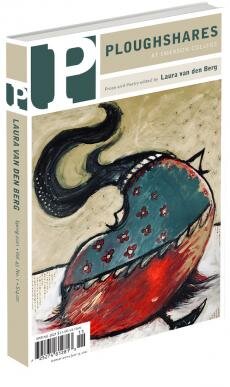by Annalee Newitz
Though they lay in ruins, these early urban experiments live on.
The allure of the lost city is almost as old as cities themselves. Atlantis, The Lost City of Z, Xanadu, Shambala. Being so attached to the cities where most of us live, we fear one day they might follow their ancient or mythical counterparts into oblivion.
Part travelogue, part science writing, part archeological treasure hunt, “Four Lost Cities” traces the rise and fall of Çatakhöyuk, Pompeii, Angkor and Chokia. To answer the mystery of their abandonment, Newitz delineates the reasons people banded together in cities in the first place. Turns out, they weren’t so different from our own: entertainment, connection—whether it be on the social, commercial or spiritual planes.
Of the four, only Pompeii is a city as we know it, a place for commerce, a warren of small streets and grand public places walled off from the means that sustained it. The built environment/agricultural divide in the others was porous—small farms and villages tucked among grand ceremonial complexes. In Angkor and Cahokia, the principal attraction of these urban cores wasn’t commerce, but ceremonial entertainment. There, lavish theatrical events unified an enthralled citizenry and fostered an identity larger than village or tribe.
Newitz explains the principal of “survivance,” where cities fall, but the cultures they spawned remain. Viewed in this way, Pompeii was never lost. Its citizens simply duplicated their old life in new neighborhoods in Naples and other surrounding cities. The inhabitants of the others went on to found new towns or slowly returned to village life, oftentimes remaining near the decaying urban cores. Even these were never fully abandoned. When Angkor was “rediscovered,” Buddhist monks were living among the decaying temples. Both Cahokia and Çatakhöyuk were used for hundreds of years after their abandonment as burial grounds and sacred places.
True, exterior forces lead to their slow demise: environmental stressors, infrastructure breakdowns, the loss of cultural elites and their grand ceremonial performances. Though these urban experiments lay in ruins today, in their population’s descendants the ideas and worldview once collected there remains. { Cross-posted at goodreads. }


















